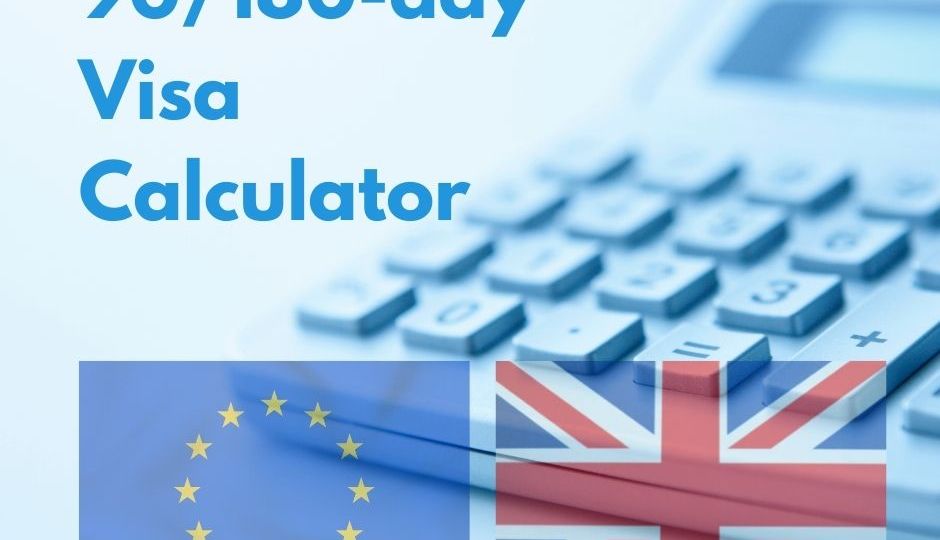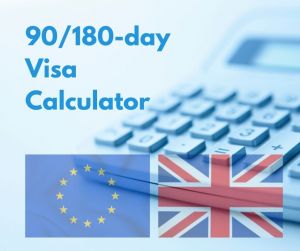
When the Brexit transition period ended on 31 December 2020, arrangements for travelling to the EU changed for UK passport holders without Spanish residency. We have all become familiar with the term 90 days in 180.
These new arrangements were not created for the UK – they existed already. The UK was simply added to a list of non-EU countries and the travel and visa regulations for such countries now apply.
When we talk about the movement of people in and out of the EU, we are technically talking about an area known as the Schengen area/zone. The EU is a political and economic bloc. The Schengen area allows for freedom of movement of people from participating countries. Spain is a member of both the EU and Schengen zone, the UK is a member of neither.
What does Schengen mean?
Under the terms of Schengen, nationals from outside the European Economic Area (EEA) cannot spend more than a total of 90 days within a total period of 180 days without a visa. Furthermore, once you’ve used up your quota of 90 days, you cannot return to the Schengen zone until 90 more days have passed.
The 90 days begins from your point of entry into the Schengen area and not your final destination. So if you drive by car for two days through France before reaching Spain, these two days count as part of the 90.
You can use your 90/180-day allocation anyway you wish. For example, you could arrive in Spain on January 1st and stay for 90 consecutive days. Your would not be able to return for 90 days in this example. Or you could take several short breaks in Spain between January 1st and June 29th (180 days), spending a different amount of time on each, not exceeding 90 days in total.
What happens if I exceed my 90 days in 180?
It is slightly surprising in the era of computers and the Internet that it is your dated passport stamps that are the measure of whether your time has been exceeded or not. Penalties for over-stayers range from fines (in Spain it is between €501 and €10,000), difficulties returning to the Schengen area in the future and future entry bans. There is no universal formula and approaches to handling over-stayers vary between Schengen member countries.
What is the easiest way to know if I am within my 90 days in 180 allocation?
Because the 180 days is a rolling period of time, it is not the easiest measure to stay on top of. However there are date-driven visa calculators that can do the job for you.
Visa Calculator

I am approaching my 90 day limited and want to stay longer
Unfortunately this is not possible. For longer stays you will need a visa. Visas must be applied for in the country of origin, applications cannot be made in Spain for non-EEA nationals. There are different visa options available depending on circumstances.

